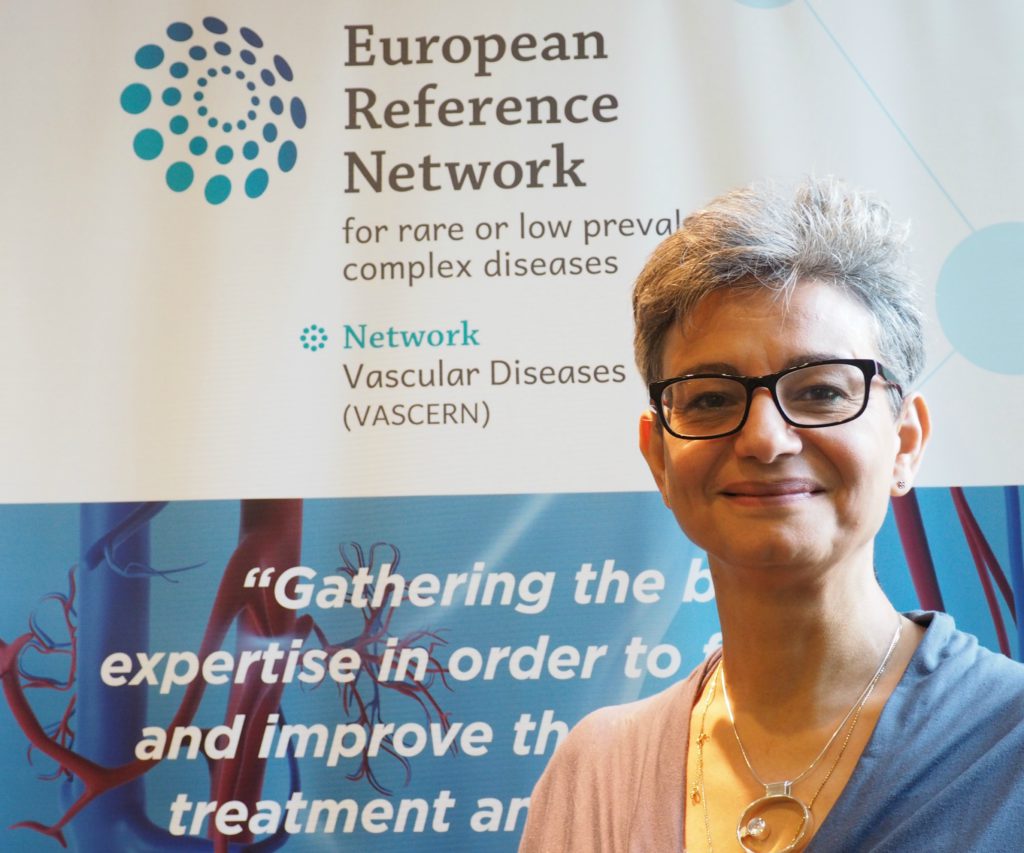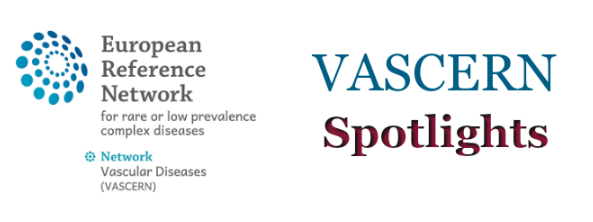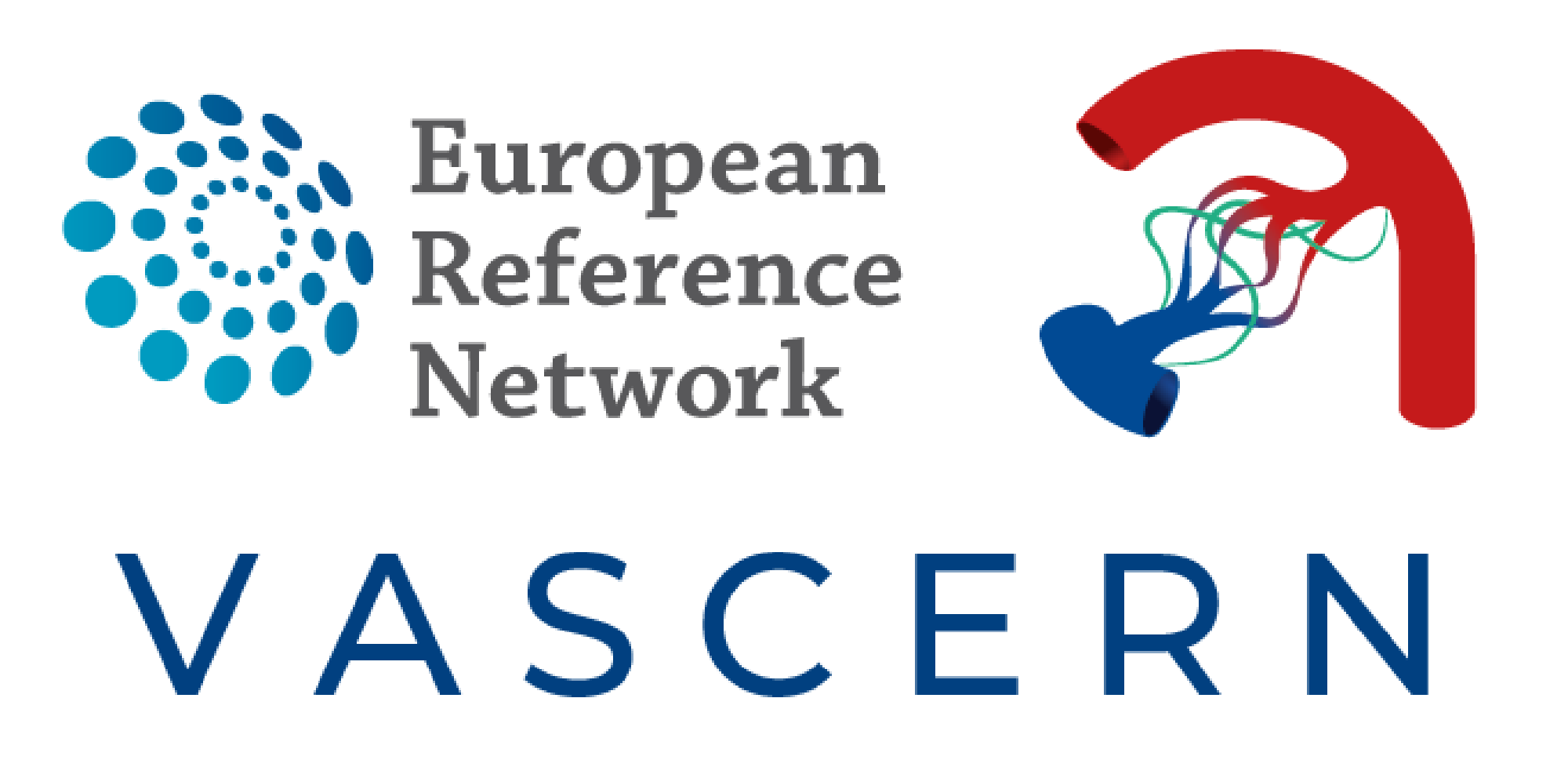

In this edition of VASCERN Spotlights we meet Professor Sahar Mansour from London, UK, Prof Mansour is Co-Chair of the Pediatric and Primary Lymphedema (PPL) Working Group and talks to us about her interest in genetics and primary lymphedema, the challenges faced when trying to interpret genetic results in lymphedema patients in the age of whole genome sequencing, and what she feels are VASCERN’s greatest achievements to date.
1. What disease(s) do you specialize in (or what is your medical specialty) and what interested you in this field?
I’m a clinical geneticist and I have a special interest in primary lymphedema and lymphatic disorders. This interest arose from the fact that Professor Mortimer at St George’s University Hospital was running a specialist clinic for patients with lymphedema and he realized that many of the patients had a family history of lymphedema or had a genetic disorder associated with their lymphedema. This led to Professor Mortimer and myself setting up the specialist clinic for primary and pediatric lymphedema, 22 years ago. It is now a national clinical and we see patients from all over the UK with lymphatic problems that may or may not be of genetic origin.
2. How did you become involved in VASCERN?
I first become aware of the European Reference Networks (ERNs) at the Gordon Research Conference in Los Angeles, 5 years ago, where they were discussed. Professor Miikka Vikkula was very interested in setting up a primary lymphedema subsection in the vascular anomalies network. We were then later contacted by Dr Robert Damstra (PPL WG Chair) to talk about this opportunity as he was very keen for our team to join the PPL group that was being set up within VASCERN. We were obviously very interested and started the application process.
My greatest hope is that patient care will improve by sharing our skills and experience and I think that there is some evidence of that happening already.
3. What is your greatest hope for VASCERN?
I’ve been surprised at how cohesive we have been as a group. I think that we really are working quite well together and learning from each other. My greatest hope is that patient care will improve by sharing our skills and experience and I think that there is some evidence of that happening already. Our patient pathway is currently being evaluated in our centers, we have produced Dos and Don’ts factsheets and several Pills of Knowledge (PoK) videos, and we have had lots of interesting discussions on diagnosis, management and treatment of PPL.
4. What challenges do you face as a healthcare professional in the rare disease field?
I’m a clinical geneticist so my biggest challenge at the moment is that new technologies are rapidly being introduced. The whole genome was sequenced in 4 years in 2001; it now takes only 4 days. However, it is producing a huge amount of data and identification of several variants within the genome. We are trying to understand and interpret these results and apply them to the clinical scenario. We are all individuals so it is not unusual to identify variants that are unique to the individual but not necessarily causing disease (i.e. variants of unknown significance (VUS)). The interrogation of this data is really quite tricky. This also applies to looking at the genetics of primary lymphedema. You have probably heard of the 100,000 genomes project. Many of our patients were included in this study so we are now receiving their results. These results need to be significantly filtered in the context of the presentation (phenotype) of the patient and so it is quite challenging going through the hundreds of VUS to find the one faulty variant in a gene (the pathogenic variant). The skill in identifying that variant is a rather new one for us. Some genes that we discover are not yet thought to be pathogenic but, in the next few years, we may discover that they are. So definitely the biggest challenge for us clinical geneticists working in the field of primary lymphedema and rare diseases is finding these yet unknown causes and explaining this to our patients.
5. What have you accomplished in your medical career that you are most proud of?
I am most proud of the work we have accomplished in our Lymphedema Research Unit. Primary lymphedema is not a single disorder, it is highly heterogeneous, i.e. there are many genetic causes, each presenting in a slightly different way. We have very carefully classified and phenotyped our patients, which has led to the identification of 8 new genes associated with primary lymphedema. It has also resulted in acquiring a better understanding of the natural history of the different types of primary lymphedema so we can now better understand what problems may arise later in life and how to manage them.
My favorite activity however is the patient case discussions where we share interesting cases or cases that are problematic in terms of diagnosis or management. We learn from each other and communicate best when examining these cases together.
6. Are you currently involved in any research projects or clinical trials? If so can you please describe them briefly?
Our team is very strong in the characterization of primary lymphedema and the identification of new genes. By very carefully phenotyping our patients we then have a better chance of identifying genes. So we are doing lots of research looking at the genetics of primary lymphedema but also conditions that may be mosaic or segmental overgrowth syndromes associated with lymphedema. We are also interested in characterizing lymphatic problems so we are now using magnetic resonance lymphangiography, which is a new way of visualizing the lymphatics. We are using indocyanine green (ICG) fluorescent imaging of the lymphatics. Many patients with PPL suffer from recurrent cellulitis (a bacterial skin infection) that has a very high morbidity and high hospitalization rate, so we are also studying the immune system in patients with lymphedema. There has been discussion of a number of clinical trials but we haven’t started any interventional trials yet. We need the resources to make this happen.
7. What VASCERN activities do you participate in and which are your favorite?
I am Co-Chair of the PPL WG and we have monthly teleconference meetings where we discuss patient guidelines, the creation of new PoKs, and the various other projects underway. My favorite activity however is the patient case discussions where we share interesting cases or cases that are problematic in terms of diagnosis or management. We learn from each other and communicate best when examining these cases together. My other favorite activity is the face-to-face meetings (like the PPL WG meeting we had in London last month) as I have met lots of amazing people who have an interest in this small specialist area.
8. What are the main achievements of VASCERN to date? What challenges does VASCERN still face?
The main achievement
in my opinion is that we have really got to know each other well and have
learned a lot from each other from our many case discussions. Complicated
issues, such as how to manage an infant with primary lymphedema (which is quite
controversial), are being discussed and we are keen to look at these issues in
more detail in order to determine the best solutions. I am sure that I will
keep in contact with the members of the network, whatever happens in the next
few months.
Brexit is the most
immediate and massive challenge, for us and for everyone. We don’t really know
what will happen after Halloween but we hope, as British Healthcare Providers,
that we will be able to continue to collaborate in the ERNs.
The biggest long term challenge is how to do cross-border clinical trials and research without additional help. I think the limitation of the ERN is that we are all trying to do this in our spare time and there is no allocation of resources for this. Setting up a clinical trial involves a tremendous amount of work and if you don’t have research coordinators or additional staff to help you set it up, it is actually quite impossible. We are all willing and interested but there doesn’t seem to be the funding or resources to do these things at the moment and while you may be able to apply for funding, you still need to find the time to apply to these calls. So we definitely need support from the European Commission in finding these additional resources and staff in order to allow us to initiate these collaborative, cross-border clinical trials.


